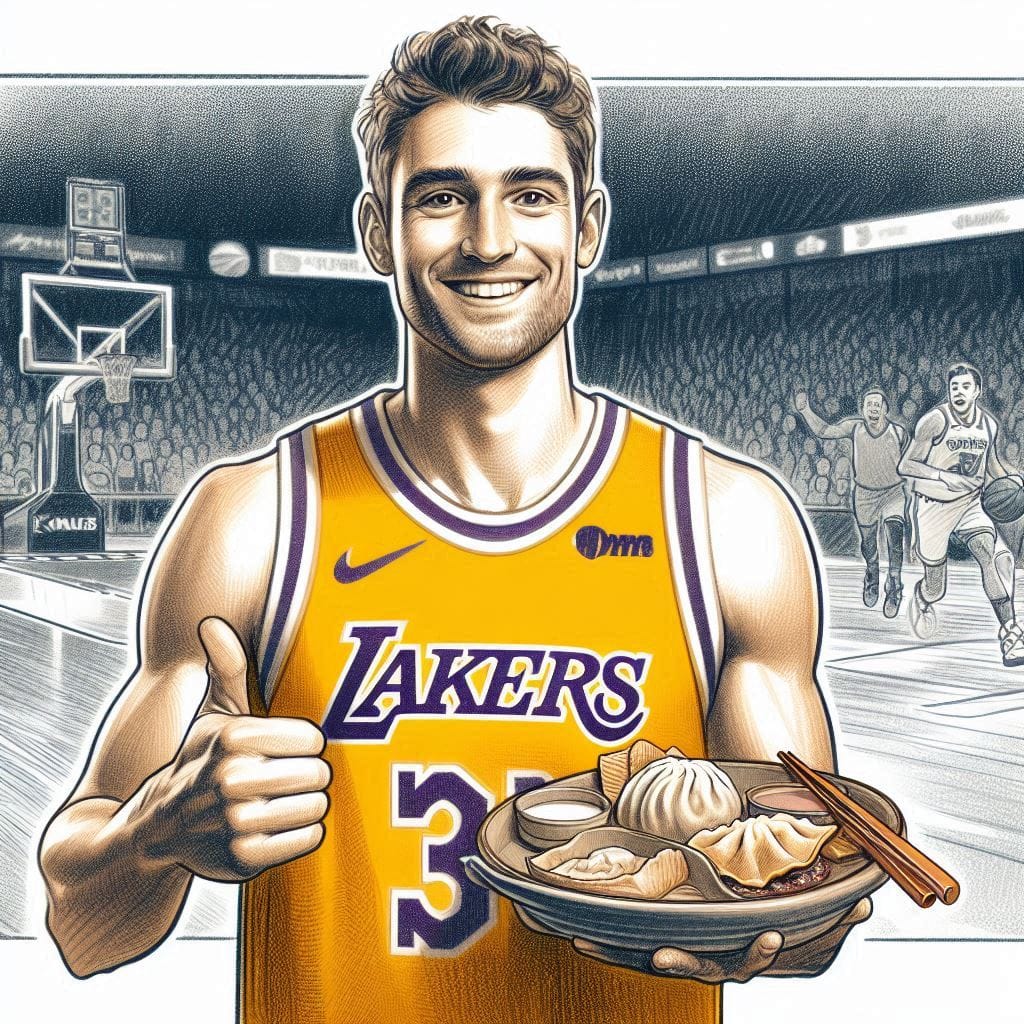This is not dumplings, but mandu
FOOD TOUR episode#04

Dumplings, once referred to as the "staple food of Koreans," were traditionally limited to Korean cuisine but have now gained worldwide popularity. CJ's Bibigo frozen dumplings are recognized as the leader in the American market. (They would call it "mandu" in the Korean language.) The NBA's LA Lakers recently made headlines by selecting Bibigo as their uniform sponsor.



Gohyang Mandu vs. CJ's Bibigo Mandu and LA Lakers X Bibigo partnership
However, just 40 years ago, dumplings were made by hand at home, and no convenient frozen dumplings were available. The first frozen dumplings were launched in the domestic market in 1980, capitalizing on the existing frozen food manufacturing facilities. By the late 1980s, with refrigerators becoming commonplace in nearly every household, the frozen dumpling market began to expand significantly.
During this time, a well-known company produced what became known as the "classic Korean dumpling," Gohyang Mandu. Gohyang Mandu remained the industry leader for 25 years and became the standard for dumplings. (I remember roasting Gohyang Mandu in a pan or adding it to ramen as a child.😋)
However, the 2004 "garbage dumpling" incident brought a crisis to the entire dumpling industry, as rumors spread that subcontractors were using low-quality ingredients in dumplings. Although subsequent investigations revealed these claims were exaggerated, public perception was difficult to restore. In response, dumpling manufacturers focused on improving quality and hygiene, directly produced their products, and launched a variety of new items. As a result, the dumpling market began to thrive again. (👉 click here to see the production facilities)
Bibigo embodies the wisdom from the dumpling industry's history, challenges, and trial-and-error. The brand has improved both the ingredients and appearance of its dumplings. To differentiate itself, Bibigo chose to slice ingredients with a knife and increased the dough kneading frequency.
Bibigo frozen dumplings were first launched in the U.S. in 2010. With ingredients like chicken and cilantro, they initially targeted the global market. Bibigo received positive reactions early on and quickly became the number-one dumpling brand in the U.S. Encouraged by this success, Bibigo also launched its dumplings in Korea in 2013, surpassing Gohyang Mandu to claim the top spot domestically.😮
CJ had initially launched the Bibigo brand to fast-food Korean cuisine, similar to McDonald's hamburgers. However, after struggling in the restaurant business, they pivoted to frozen foods in 2010. To distinguish themselves from Chinese dumplings, they created thinner dumpling wrappers to reduce carbohydrates and filled them with unique ingredients like bulgogi or kimchi to appeal to American tastes. This has led many Americans visiting Korea to seek authentic Korean dumplings.
When it comes to tasting local dumplings rather than frozen ones, you can choose from a variety of fillings: meat dumplings, shrimp dumplings, and spicy kimchi dumplings, as well as different cooking methods, including fried dumplings, steamed dumplings, and dumpling soup. Additionally, there are unique regional dumplings that you can try:




Pyunsu Mandu (top left), Makgari Mandu (top right), Osaek Mandu (bottom left), and Napjak Mandu (bottom right)
- Pyunsu Mandu: This type of dumpling is primarily eaten in the northern regions of Hwanghaedo and Kaesong. It is made by folding the corners, creating a square shape when viewed from the top. It is usually filled with various vegetables and is typically enjoyed in the summer.
- Makgari Mandu: Named for its rough grated potato filling, Makgari Mandu reflects the regional characteristics of Hamgyeong and Gangwon provinces, where potatoes are widely cultivated. The dumpling dough is made using the starch from grated raw potatoes, providing a chewy texture.
- Osaek Mandu: This colorful dumpling is made in the Chungcheongdo region and contains fillings like napa cabbage kimchi, tofu, beef, and glass noodles. The dough is dyed using natural ingredients, creating a vibrant and visually appealing dish.
- Napjak Mandu: Famous in Daegu, Napjak mandu is a flat dumpling filled with finely chopped glass noodles and chives. Despite being smaller in quantity than other dumplings, it is uniquely flavored and has a crispy texture due to being pan-fried. It is typically enjoyed with a dipping soy sauce or served alongside spicy foods like ddeokbokki (finger-size rice cake with hot sauce). It is my favorite! 👍👍
When you visit Korea, make sure to try a variety of dumplings! Enjoy your culinary adventure!✔️




Comments ()